Is the Blended Wing Body the GREEN aircraft of the Future?
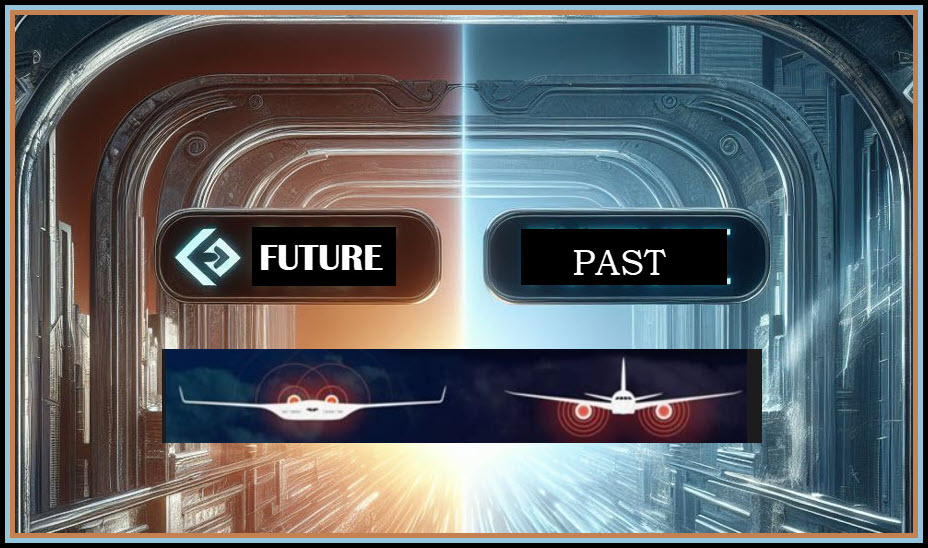
It’s extremely exciting what aerospace innovation is creating and is researching for the next wave of leading edge designs. At the same time, the FAA’s job of certificating these novel aerial vehicles is oh so daunting. Engineers here and at the other CAAs with the same challenges must be sitting in their offices with the TC application drawings and data in one hand and the latest engineering text and the most recent MIT or Caltech or ??? research paper in the other.

SimpleFlying has published the below article about one of the most innovative proposals with unequaled environmental potential– ultra-efficient Blended Wing Body (BWB) by JetZero. 23-ft wingspan Its Pathfinder demonstrator, wing span 23 feet, 1:8 scale aircraft, has been found by the FAA to be airworthy for flight tests.
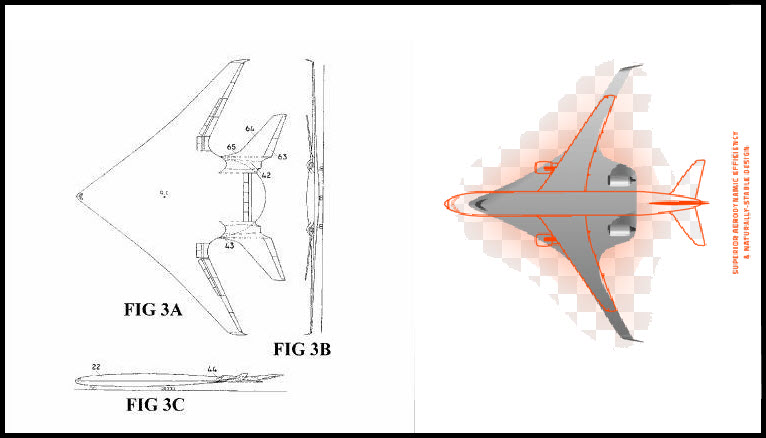
The FAA is moving, slowly, from a prescriptive set of criteria to assessing a proposed aircraft based on performance tests. The FAA Aircraft Certification Organization must
- Scrutinize the lift characteristics of the BWB during this initial phase,
- The strength of the structural materials by a newly constructed assessment of the new “fibers”
- to withstand the stress
as well as
- protect the passengers.
- Fuel systems using SAF.
- The two powerplants positioned at the aft of Pathfinder.
- Controls—the blended wing may share characteristics with traditional predecessor design.
- Avionics- these instruments have benefitted from the explosion in IT.
- Passenger safety in the Hull/Wing.
- Other new elements…
How the FAA’s competence to deal with all of these “unknowns” may be enhanced by a contract which JetZero and NORTHRUP GRUMMAN have established with NASA, DOD/USAF, and FAA to study the BWB. That work may provide lessons and information to the issuance of a TC certificate. JetZero’s relationship with a first tier aerospace supplier is similar to Archer’s reliance on such partners.
The potential of the BWB to reduce carbon emissions is shown by this statement from JetZero’s website:
The JetZero Blended Wing is the biggest leap in commercial aircraft architecture since the dawn of the jet age and the best first step toward the ultimate goal of zero-carbon emissions aviation. The aircraft will launch in 2030 with 100% SAF compatibility, and the internal volume to accommodate zero-carbon emissions hydrogen.
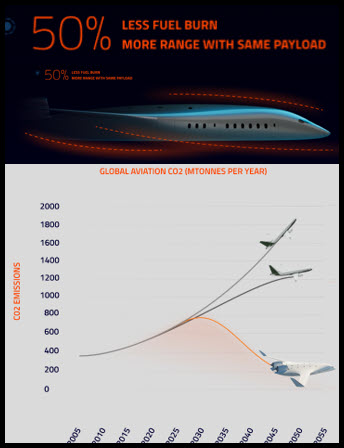
Lockheed’s Kelly Johson, the Dean of the famous Skunk Works is purported to have said “All great aircraft curiously have beautiful designs.” The BTB meets that test in my opinion—

FAA certification includes publications in the Federal Register; so, industry will see some of the BWB’s progress through the Bureaucratic Maze.
+++++++++++++++++++++++++++++++++++
JetZero’s Blended Wing Body Demonstrator Cleared By FAA For Test Flights
PUBLISHED MAR 29, 2024
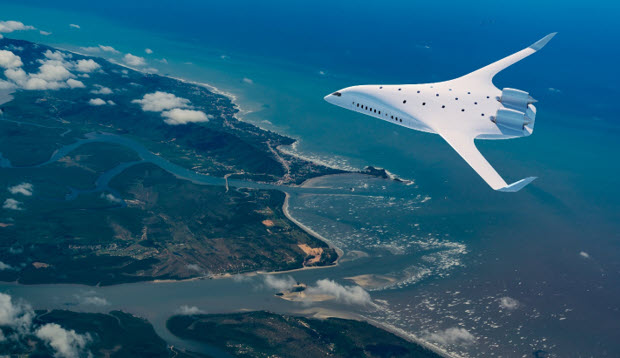
SUMMARY
- JetZero gains FAA certification for 1:8 scale Pathfinder aircraft, test flights to commence soon.
- Company aims for commercial flights by 2030 with impressive fuel efficiency and noise reduction.
- Full-scale prototype in development with Northrop Grumman, promising the capacity of a Boeing 767.
California-based startup JetZero has been granted airworthiness certification by the Federal Aviation Administration (FAA) for its PATHFINDER blended wing body demonstrator. The 1:8 scale aircraft is now cleared to begin test flights.
JetZero cleared for test flights
The company’s 23-ft wingspan Pathfinder demonstrator will perform flight tests above Edwards Air Force Base in California, with the initial testing phase expected to take around three months. JetZero had initially planned to launch test flights in late 2023, but this was pushed back a few months due to supply chain issues.
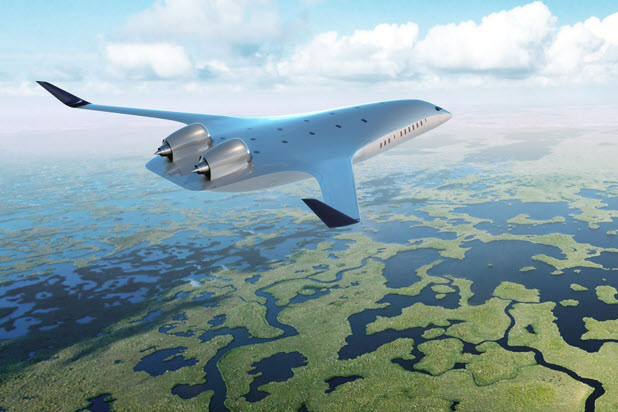
RELATED
Meet JetZero: The Manufacturer Trying To Bring Blended Wing Body Flying To The Masses
While the blended wing concept is not new, this ambitious company hopes to have its design up and flying commercially by 2030.
The company has already been testing an even smaller model, less than a third of the size of its 1:8 demonstrator, and continues to develop new models for future testing. In May 2023, the startup revealed it was working with the United States Air Force (USAF), NASA and the FAA to develop a blended wing body aircraft with a view to entering service in 2030. The upcoming demonstrator flights will primarily assess the aircraft’s flight controls and nose landing gear.
Full-scale prototype coming
JetZero is working on a full-size prototype in partnership with aerospace and defense giant NORTHROP GRUMMAN. However, this aircraft isn’t expected to begin test flights until 2027 at the earliest. The prototype will have the capacity of a Boeing 767 – which typically seats around 270 passengers – and the wingspan of an Airbus A330.
JetZero was awarded a $235 million contract from the USAF last year and has also received funding from NASA’s Sustainable Flight Demonstrator program.
50% less fuel burn
According to the company, its efficient, aerodynamic design will enable its aircraft to burn half the fuel of a next-generation commercial airliner. Delivering around 30% less drag, the design also enables more space for passengers and cargo. As explained by JetZero, the “result is an aircraft with the PASSENGER CAPACITY AND RANGE OF A SMALL WIDEBODY that uses the engines of existing narrowbody planes.”
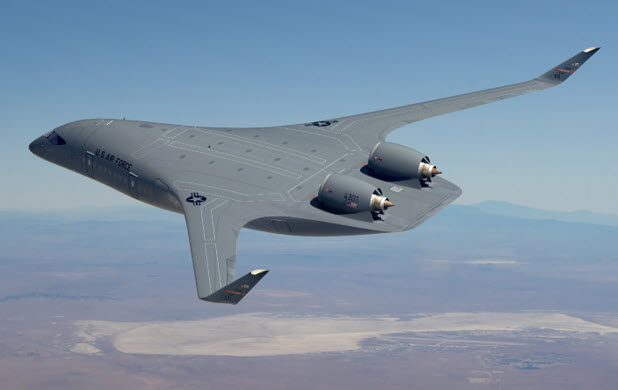
RELATED
Inside The USAF’s Proposed Blended Wing Aircraft
Over the next four years, more than $235 million will be invested into the project.
Additionally, owing to the placement of its engines above the body, passengers onboard will be subjected to four times less noise, enabling quieter journeys. Its jet will also be capable of performing 100% sustainable aviation fuel (SAF) flight and will also have the capacity to integrate emerging energy systems like hydrogen.
Blended wing body designs are shaping up to become a major force in the future of aviation, with several other companies developing their own planes. This includes BOMBARDIER, which is building a private jet version dubbed the EcoJet; AIRBUS, which has been developing a hydrogen-powered blended wing body plane; and ZeroAvia, which is working on an autonomous hydrogen-electric cargo plane.
What do you think of blended wing body aircraft? Do you see them becoming a staple in aviation? Let us know in the comments.
+++++++++++++++++++++++++++++++